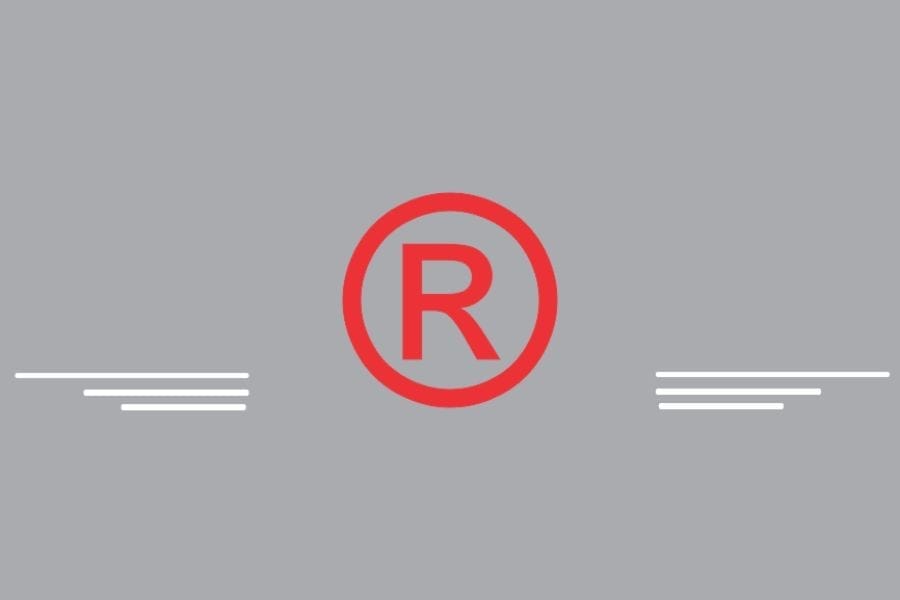New Delhi (India), July 10: Trademark objection occurs when the Trademark Registry raises concerns regarding the registrability of a trademark application. These concerns may arise due to various reasons, such as conflicts with existing trademarks, violations of statutory provisions, or lack of distinctiveness. Overcoming trademark objections is crucial to ensure the protection of your brand and prevent potential legal disputes. If you are a businessman, know that trademark objection is a crucial hurdle that many businesses face when seeking trademark registration.It is essential to understand the provisions of trademark law, particularly Sections 9 and 11, to navigate this process successfully.
In this article, we will delve into the intricacies of trademark objection, explore the significance of Sections 9 and 11, and provide valuable insights and strategies for tackling trademark objections effectively during the process of trademark registration.
UNDERSTANDING TRADEMARK OBJECTION:
Trademark objection refers to a formal objection raised by the Trademark Registry against a trademark application. When a trademark application is submitted for registration, the Registry examines it to ensure compliance with the provisions of trademark law and to determine if it meets the necessary requirements for registration.
During the examination process, the Trademark Registry may identify certain issues or concerns that prevent the application from being approved. These concerns may relate to absolute or relative grounds for refusal as outlined in the trademark law of a particular jurisdiction. The objections raised by the Registry are known as trademark objections.
Trademark objections can occur due to various reasons, including but not limited to the following:
1. Lack of distinctiveness: The trademark may be considered too generic, descriptive, or common to be eligible for registration. A trademark should be distinctive and capable of distinguishing the goods or services of one entity from those of others.
2. Similarity to existing trademarks: If the trademark is deemed similar to an existing registered trademark in the same or related class of goods or services, it may cause confusion or deception among consumers. The Registry may object to the registration to avoid such conflicts.
3. Violation of statutory provisions: The trademark may infringe upon statutory provisions related to trademarks. This can include using prohibited matter, deceptive marks, or marks that may be offensive or contrary to public policy.
4. Incomplete or incorrect application: If the trademark application lacks essential information, is filed in the wrong format, or contains errors, the Registry may object to the application.
WHAT TO KEEP IN MIND?
It is important to note that trademark objections are not final rejections. They provide an opportunity for the applicant to respond and address the concerns raised by the Registry under various stages of trademark registration status. The applicant can provide arguments, evidence, and amendments to overcome the objections and proceed with the registration process. It is advisable to consult with a qualified trademark attorney or agent from Compliance Calendar to effectively respond to trademark objections and navigate the registration process successfully. Their expertise can help in formulating a strong response that addresses the concerns raised by the Registry and increases the chances of obtaining a trademark registration.
SIGNIFICANCE OF SECTIONS 9 AND 11:
Section 9: This section of the trademark law deals with absolute grounds for refusal. It outlines the conditions under which a trademark may be rejected, including genericity, descriptiveness, being deceptive, lacking distinctiveness, or consisting of prohibited matter. To overcome objections under Section 9, it is essential to establish the distinctiveness and uniqueness of your trademark.
Section 11: This Section focuses on relative grounds for refusal. It aims to prevent the registration of trademarks that may cause confusion or deception among consumers due to their similarity to existing registered marks. Overcoming objections under Section 11 requires conducting a thorough search to identify similar marks and formulating a strong argument to demonstrate the dissimilarity and coexistence potential of your trademark.
STRATEGIES TO OVERCOME TRADEMARK OBJECTIONS:
1. Conduct a Comprehensive Trademark Search: Before filing a trademark application, conducting a thorough trademark search is crucial. This search helps identify existing trademarks that may pose obstacles to your registration. By engaging professional trademark search services, you can assess potential conflicts and strategize accordingly.
2. Draft a Compelling Response: When responding to trademark objections, it is essential to prepare a detailed and persuasive response. This response should address the concerns raised by the Registry and provide evidence and arguments supporting the distinctiveness, uniqueness, and non-confusing nature of your mark.
3. Seek Professional Assistance: Handling trademark objections can be complex, requiring legal expertise and knowledge of trademark law. Engaging a qualified trademark attorney or agent can greatly increase your chances of successfully overcoming objections and obtaining a trademark registration.
CONCLUSION:
Successfully tackling trademark objections for trademark registration under Sections 9 and 11 of trademark law is crucial for protecting your brand’s identity and avoiding legal disputes. By understanding the provisions of trademark law, conducting comprehensive searches, and seeking professional guidance, you can effectively navigate the trademark objection process. Remember that each case is unique, and consulting with a qualified trademark professional is highly recommended to ensure the best possible outcome for your trademark registration.





